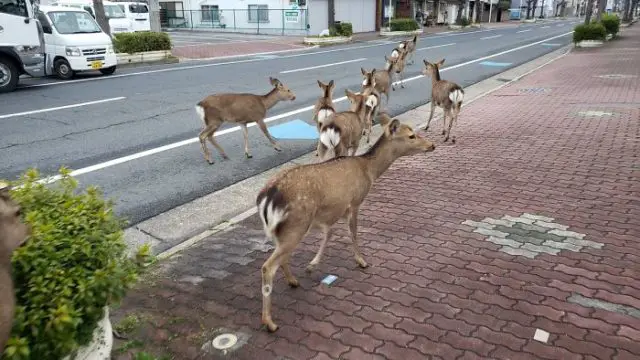
In the midst of the preventive measures taken by governments in Latin America, due to the COVID-19 pandemic, animals such as cougars, foxes, dolphins, marsupials, opossums, wild boars, monkeys, ducks, turkeys, and birds have been seen on the beaches and in the main cities of different countries.
And it is that one of the measures taken to combat the pandemic is quarantine, that is, there are no longer people circulating on the streets and avenues of cities. That is why several species of animals have been seen wandering around urban spaces without worries.
But we must be clear about one thing: it is not they that invade our spaces; it is we who for years have been reducing their natural habitat. And now that we don’t, they to return into their former territories.
Returning to its natural habitat.
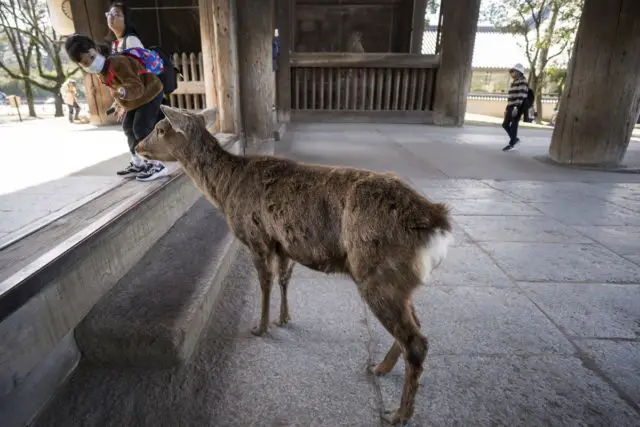
In the same case of urban areas, the arrival of seabirds, dolphins and sea lions, even whale sharks have also been observed on beaches. All this has been documented in social networks where netizens express phrases such as: “the return of fauna to the places that humans took from them.”
In Costa Rica, due to the absence of boats circulating in the coast of the Limón province, three manatees were observed; the images were recorded near the so-called “Pier 70”, in front of the Vargas Park. These docile animals had not been seen for a long time in this area.
Alexánder Gómez, manatee specialist at the National University (UNA) stated, “We believe that the current situation in the country at the moment, about the Coronavirus, has reduced the presence of boats in the coastline, thus manatees, finding warm and calm waters are once again mobilizing near the shore.”
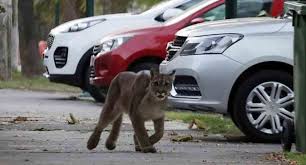
In Costa Rica, the largest manatee populations are concentrated in Barra del Colorado, Tortuguero, and the South Caribbean. It is worth mentioning that this species is in danger of extinction and, therefore, its sighting is very difficult. Also, since 2014, they are considered a national symbol in Costa Rica.
For her part, Grace Wong, a biologist at the National University of Costa Rica and an expert in wildlife, ensures that animals perceive that something is happening in their environment, that in a certain way there is no longer so much risk and that is why they are encouraged to explore. This type of fauna usually “is present in urban areas where there are patches of forest, ecological corridors and they go beyond the limits they previously perceived.”
Walking around in big cities.
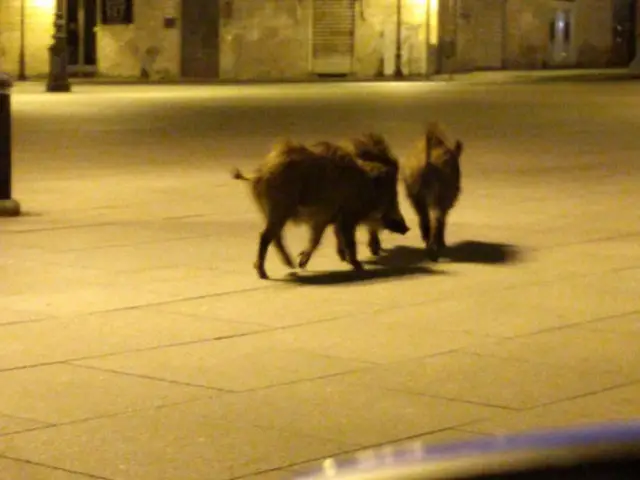
In the case of large cities, experts point out that animals take advantage of the solitude of some streets to go around freely. One of the most emblematic cases was that of a puma (Puma concolor) in Santiago de Chile. While these big cats could eventually be seen in outlying neighborhoods, the city’s curfew has allowed the animal to be seen on more central streets. According to the authorities of that country, the cougar came down from one of the hills near Santiago in search of food. The one-year-old animal weighing 35 kilos was captured and taken to the zoo where veterinary tests are being performed.
In the case of Colombia, the authorities reported the presence of a fox (Cerdocyon miles) that appeared in a residential complex in the north of the Colombian capital. The area where the fox was observed is located near the eastern hills of Bogotá, a protected natural area very close to the city.
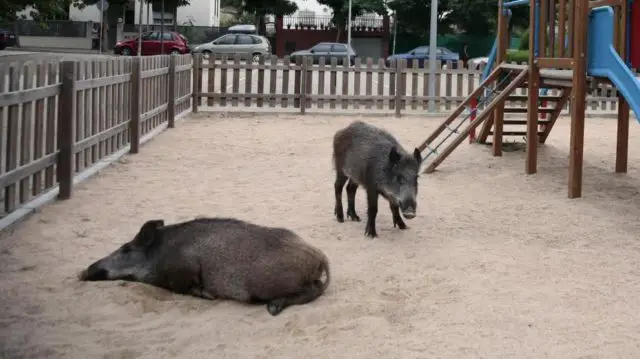
Likewise also in Colombia, an opossum with its young was viewed in the streets of Neiva, in broad daylight, although it is usually an animal active at night. Likewise, dolphins approach the coastline, as it was not seen for a long time, to the bay of Cartagena and seabirds to the beach of El Rodadero in Santa Marta, in the Colombian Caribbean.
Finally, it is important to know that this phenomenon can occur or rather be perceived, more easily thanks to the restrictive measures that governments have taken to stop the expansion of COVID-19. You should not touch or capture any of these wild animals; the idea is to call the competent agencies.

